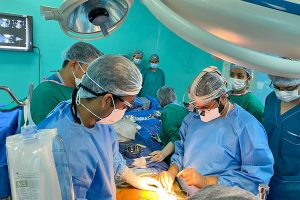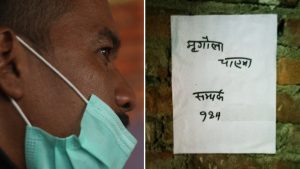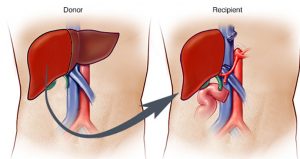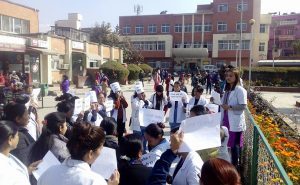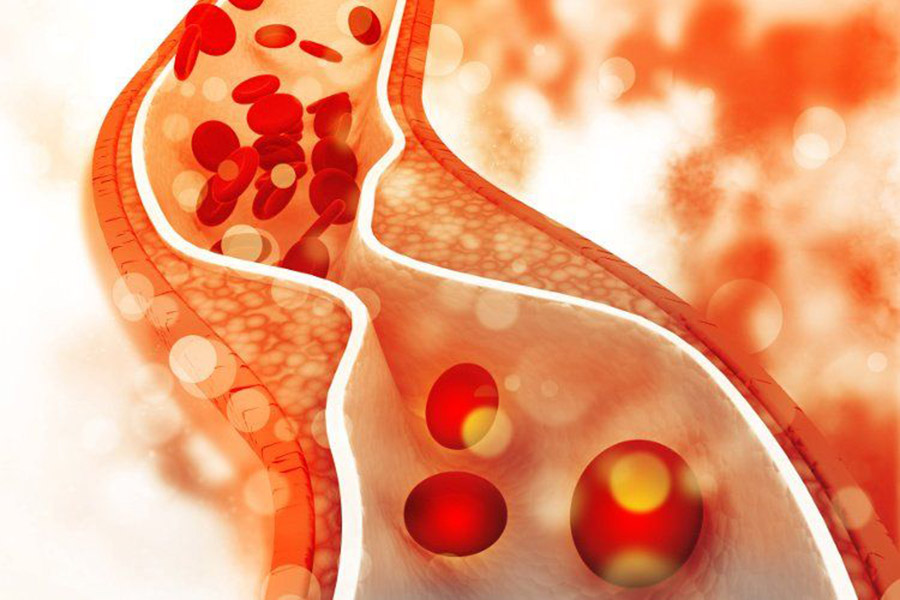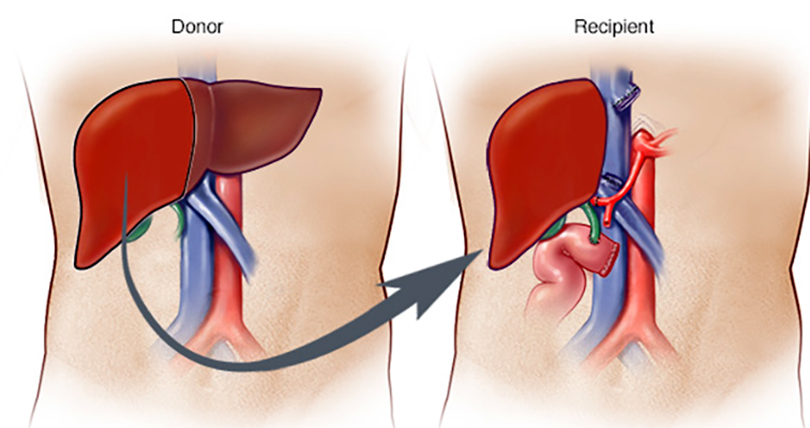
Solid-organ transplantation has long been an established treatment for the patients with end-stage organ failure of respective systems. Deceased donor organ transplantation, also popularly known as cadaveric or donation after brain death transplantation, is being regularly done as a routine procedure around the world. Different organs like kidneys, liver, pancreas, heart, lung, intestine, skin and tissues like bone and cornea can be retrieved from the brain-dead patients to transplant in needy ones. Thus, from one donor, many potential recipients of these organs could benefit, which otherwise could have been wasted.
Among different transplantable organs, kidneys, followed by the liver, are the most common solid organs being transplanted. Organ transplantation is classified as living donor transplantation, donation after brain death (DBD) and donation after cardiac death (DCD). Transplanting kidneys and liver from living donors, the donors are usually searched among immunologically matched closed relatives, except in some countries where altruistic donation is also legalised. Cadaveric transplantation from brain-dead patients means taking organs from the patients who have established irreversible brain damage while other organs are still functioning and usable.
Each country has come up with its own guidelines to perform cadaveric transplant and strict criteria to establish the diagnosis of brain-dead donors. In some countries, donation after cardiac death or circulatory arrest is also legalised. These are usually the situations when the potential donors do not fulfil the brain-death criteria, but an expert medical team has established the patient’s condition as having irreversible damage and not salvageable, yet some of the organs could potentially be reused when transplanted. In comparison to the DBDs, the retrieval rate of organs from patients with cardiac death is very low.
If we look into the worldwide scenario on the types of transplantation being done, there is a major difference between western and the Asian perspectives. Deceased organ donation is very well-established in most of the western countries and the majority of the solid organs are done from deceased donations, mostly from DBDs, and some from the DCDs. In contrast to this, in most of the Asian countries, living donor liver transplantation has dominated over the cadaveric organ transplantation. Lately, many Asian countries are also focusing on developing cadaveric transplantation. In India, our closest neighbour, there are some high-volume transplant centres, but only some states especially those in the south are developing deceased organ donation.
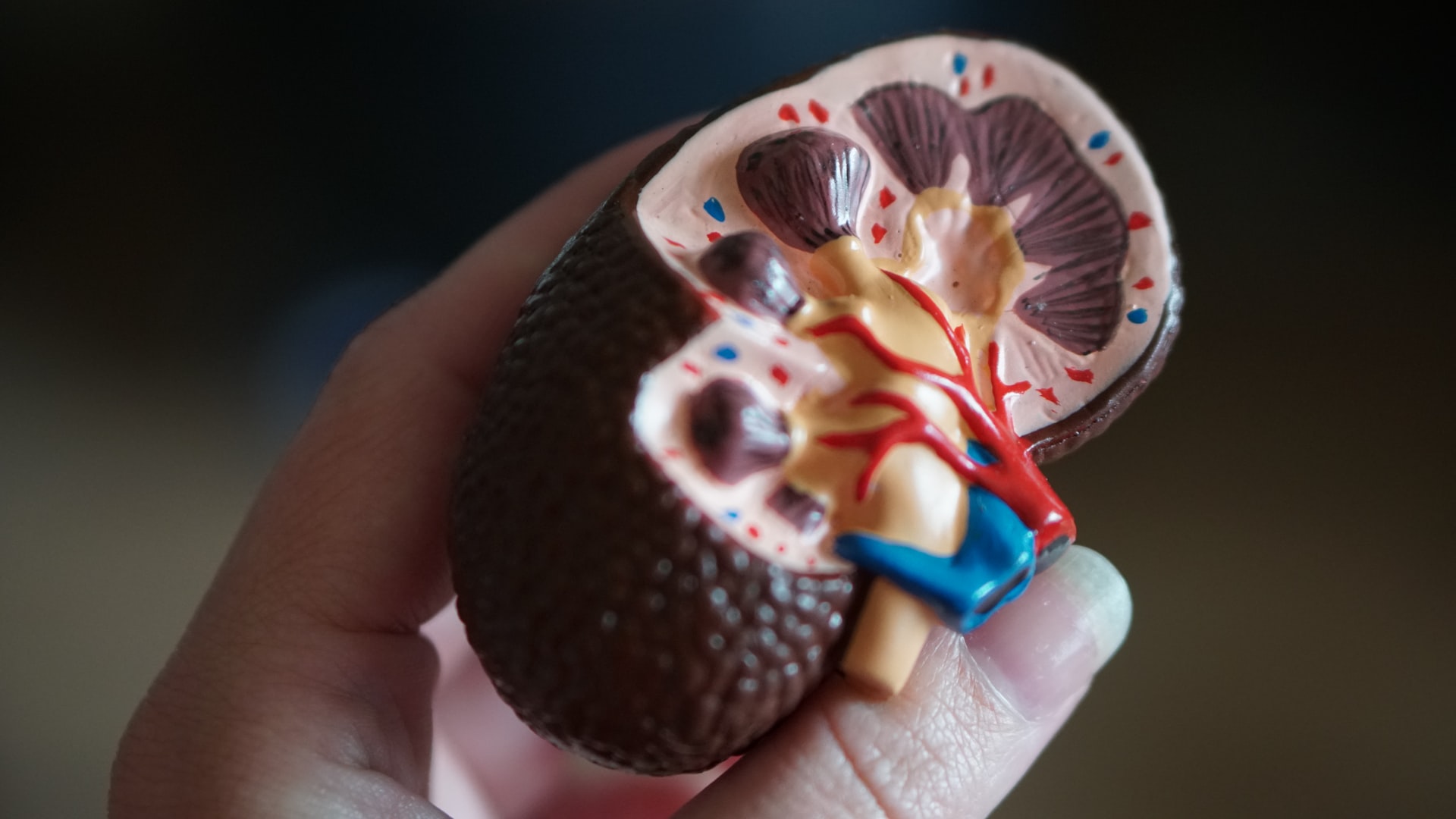 Kidney transplantation is in practice in Nepal for more than a decade now and almost half a dozen centres including some private ones have been performing kidney transplantation. Liver transplant, however, is still in the infancy stage and will take some time before it gets established and becomes a sustainable programme.
Kidney transplantation is in practice in Nepal for more than a decade now and almost half a dozen centres including some private ones have been performing kidney transplantation. Liver transplant, however, is still in the infancy stage and will take some time before it gets established and becomes a sustainable programme.
Despite the long duration of well-established living donor kidney transplantation in Nepal, deceased donor transplantation has yet not been well established. In 2016, the Nepali parliament made some important amendments to the Human Organ Transplantation (Regulation and Prohibition) Act 1998. It expanded the living donor pool, and legalised pair exchange. The most important step was the legalisation of the brain-dead donor transplant. The amendment targeting increasing the number of necessary transplants, and decreasing the overall cost of the transplant procedure, and the number of potential recipients travelling to other countries to organ transplanted.
However, despite the enactment of the brain death donation law in Nepal, it has not picked up the pace. There might have been many social, religious, spiritual, political factors, which have been an obstacle to the expansion of cadaveric transplant in Nepal.
In Nepal, the first successful deceased donor kidney transplantation was done on May 12, 2016. The Human Organ Transplant Centre in Bhaktapur had successfully transplanted two deceased donor kidneys into two men and both had an excellent outcome. However, over the next four years, only six cadaveric transplants were performed by the centre, as per a former director of the centre. Besides this centre, no other transplant centre in Nepal has been able to start cadaveric transplantation. It has been very essential to look into the factors which have been hindering to increase the rate of deceased organ donation in Nepal.
 For the time being and until the new mechanism of organ retrieval and distribution is developed, the government of Nepal has designated the HOTC for the coordination of the organ procurement and distribution system. If any hospital has potential donors, after fulfilling the established brain death criteria by the law, they are then supposed to inform the HOTC transplant coordination committee, which will then activate the system and start the procedures for the retrieval and allocation of these retrieved organs from the potential deceased donors.
For the time being and until the new mechanism of organ retrieval and distribution is developed, the government of Nepal has designated the HOTC for the coordination of the organ procurement and distribution system. If any hospital has potential donors, after fulfilling the established brain death criteria by the law, they are then supposed to inform the HOTC transplant coordination committee, which will then activate the system and start the procedures for the retrieval and allocation of these retrieved organs from the potential deceased donors.
Despite frequent discussions among experts from different specialities and concerned authorities, and different national conferences on deceased donor transplantation over the last few years, it is still at an unexpected slow speed.
There are no published scientific studies or reports from our country, looking into this matter in depth. However, most people agree that there is still a gross lack of awareness about the deceased donations, not only among the public but also in the medical fraternity itself. It means that we still need to come up with more effective ways of creating awareness. Moreover, support from different national and international organisations cannot be underestimated. Increasing public-private partnership in order to increase the involvement of the private hospitals in the process can certainly help in increasing the donor pool. Similarly, decreasing the overall cost of the donation procedure and financial support to the institutions helping in the retrieval of the deceased donor organs will be another important step.
Currently, the coordination unit responsibility is given to the HOTC. If big government transplant centres like Tribhuvan University Teaching Hospital get independence to conduct deceased donation from the potential donors available within the hospitals, it could potentially minimise unnecessary administrative and logistic difficulties in the process.
Besides all these efforts, frequent rounds of consultations should be held between the stakeholders and the government authorities to tackle the challenges, ensuring transparent and efficient transplant programmes. Coming up with practical guidelines at the national level will certainly ease the development of deceased donor organ transplantation in Nepal.
Dr Bhandari is a professor of gastrointestinal hepatopancreatobiliary and liver transplant, Tribhuvan University Teaching Hospital.





